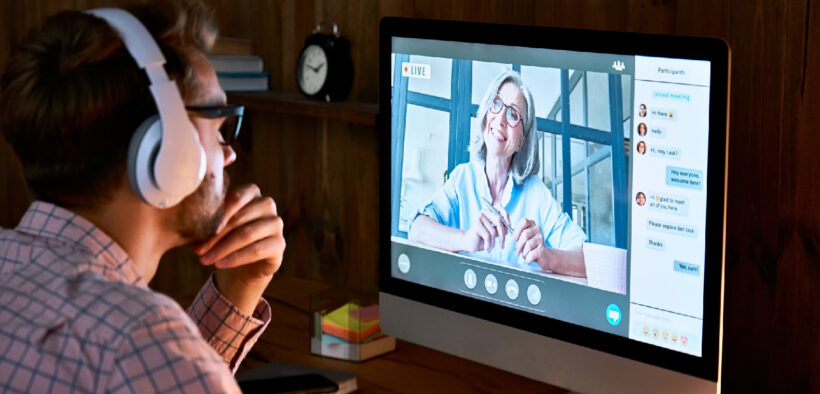Over the past few years, it has become popular in education to broadcast the “backchannel” to students during a large class through a dedicated Twitter hashtag or some other social media app. The idea is that it allows students to make comments on the content for everyone to see, thus adding to learning and motivating students to participate and think about the topics. Some early adopters even displayed the backchannel conversations on screen behind them as they were speaking.
Gather and Discuss: A Backchannel Alternative

Related Articles
I have two loves: teaching and learning. Although I love them for different reasons, I’ve been passionate about...
Active learning is a mostly meaningless educational buzzword. It’s a feel-good, intuitively popular term that indicates concern for...
Perhaps the earliest introduction a student has with a course is the syllabus as it’s generally the first...
Generative AI allows instructors to create interactive, self-directed review activities for their courses. The beauty of these activities...
I’ve often felt that a teacher’s life is suspended, Janus-like, between past experiences and future hopes; it’s only...
I teach first-year writing at a small liberal arts college, and on the first day of class, I...
Proponents of rubrics champion them as a means of ensuring consistency in grading, not only between students within...








